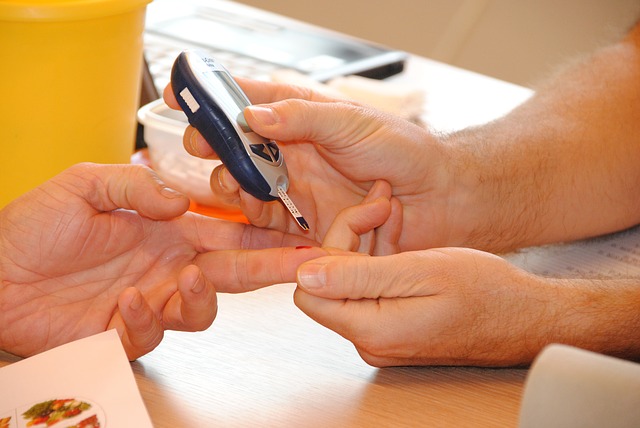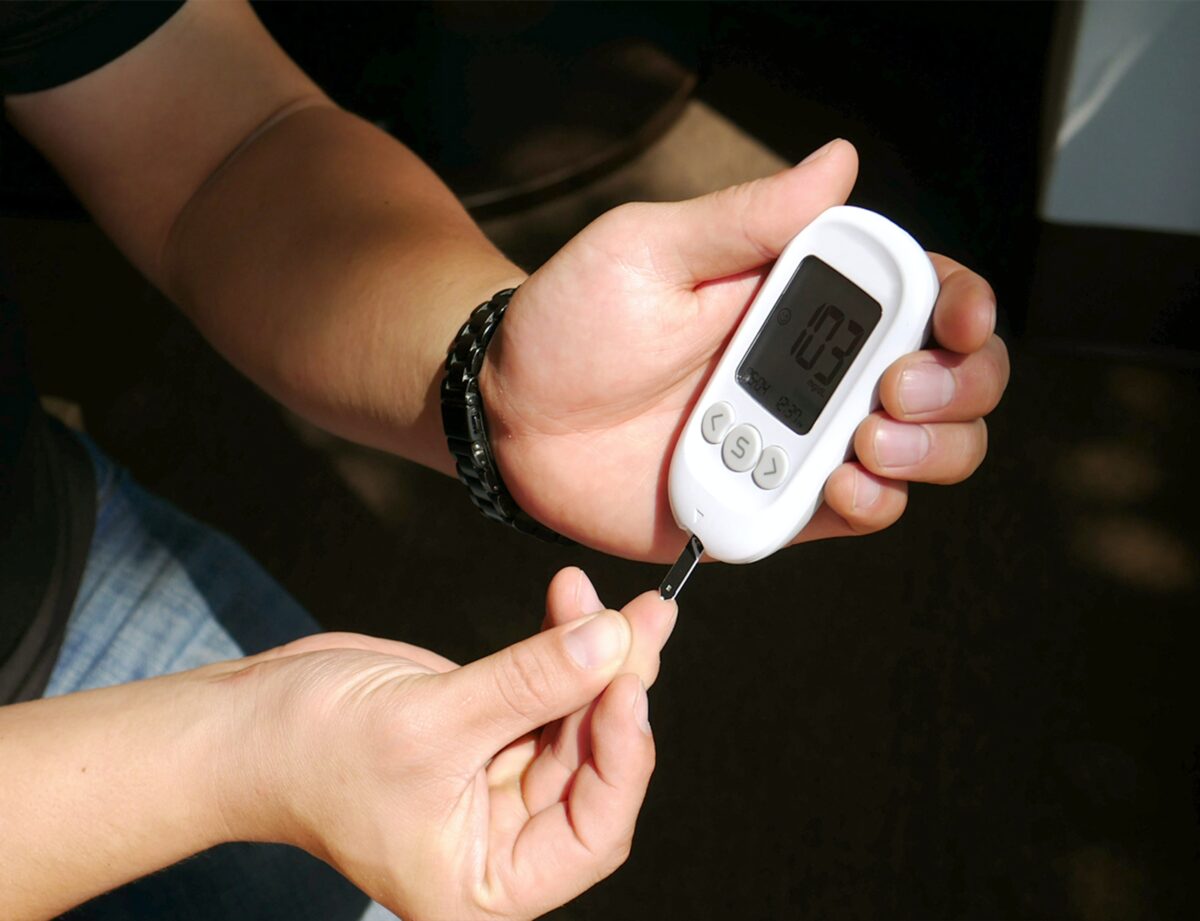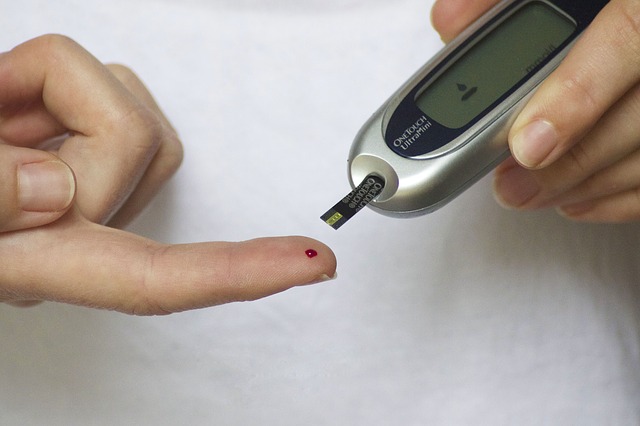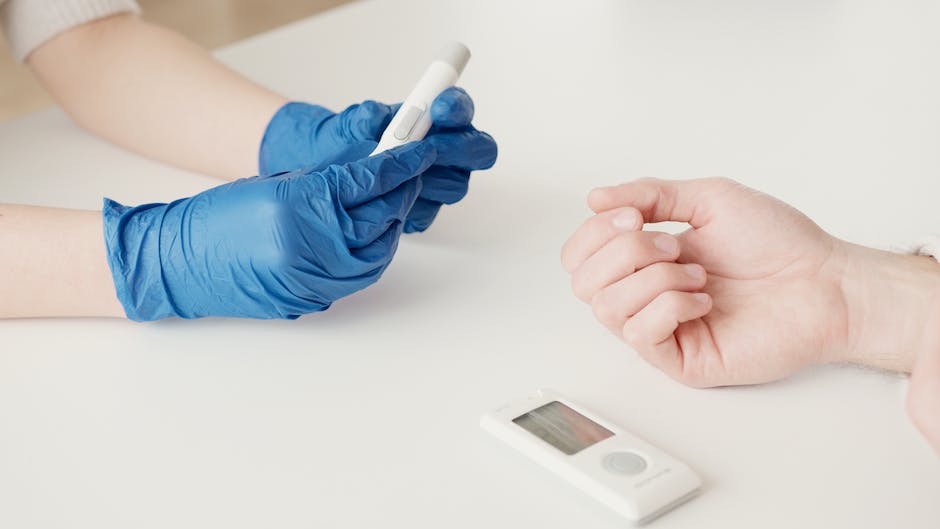Diabetes is a chronic condition that affects millions of people worldwide. Living well with diabetes requires daily management and support. With the right strategies and support system in place, individuals with diabetes can lead fulfilling lives while effectively managing their condition.
One of the most crucial aspects of daily diabetes management is establishing a routine. This includes monitoring blood sugar levels regularly, taking medication as prescribed, and following a healthy eating plan. It’s also essential to engage in regular physical activity, as exercise can help manage blood sugar levels and improve overall well-being.
Support from healthcare professionals and loved ones can make a significant difference in living well with diabetes. Regular check-ups with a diabetes specialist or endocrinologist are essential for monitoring the progression of the disease and making necessary adjustments to the treatment plan. Additionally, supportive family members and friends can provide encouragement and understanding as individuals navigate the challenges of managing diabetes.
Educating oneself about diabetes is key to effective self-management. Understanding the impact of diet, exercise, and medication on blood sugar levels can empower individuals to make informed choices. There are also various resources available, such as online forums, support groups, and educational programs, that provide valuable knowledge and support for individuals living with diabetes.
Living well with diabetes is possible with proper daily management and support. By establishing a routine, seeking support from healthcare professionals and loved ones, and educating oneself about the condition, individuals with diabetes can lead fulfilling and healthy lives. With the right tools and strategies, it’s possible to thrive while managing this chronic condition.
We Buy Unused Diabetic Test Strips and Supplies
If you would like to find out about earning cash for your unwanted, unused, and boxed test strips, complete our online quote form today.
If you have extra, unopened and unused boxes of diabetic test strips – whether you have switched brands, no longer need to test or test less frequently, or have a loved one who has passed away – don’t let them gather dust until they’ve expired and end up in the trash. We’re the best place to sell diabetic test strips online, and if you want to sell your test strips, we’re here to make the process easy and enjoyable!
Visit us at Sell Your Test Strips and get your free quote today!









